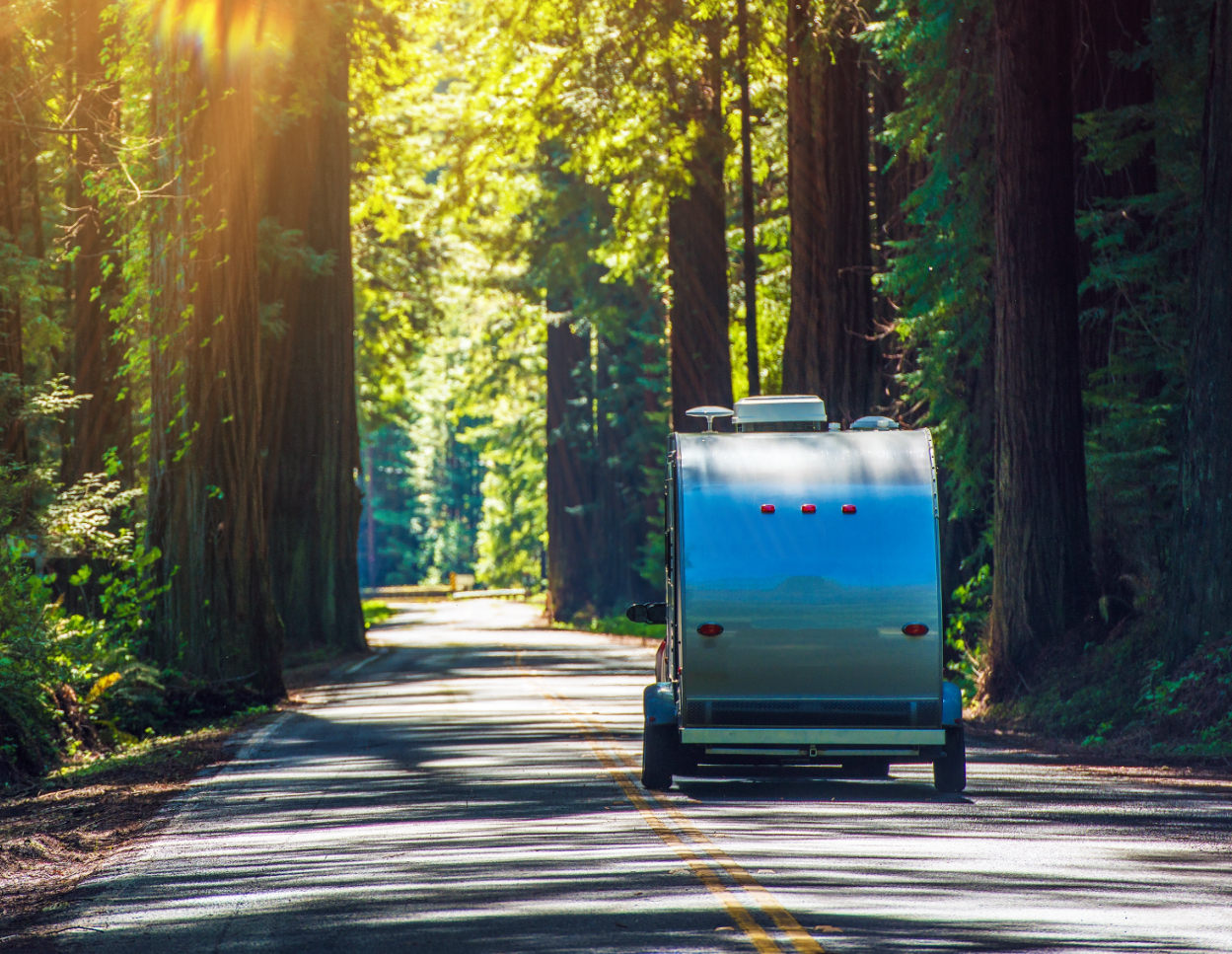 When you’re on the road, stuff happens. So you have a roadside hazard kit – a jack, maybe cones and flares, and roadside assistance plans for the RV, the trailer, and the tow vehicle. But what if stuff happens to you, a traveling companion, or a person in need of assistance? You’ve got your health coverage. But do you have a first-aid kit on board? When Bandaids and aspirin don’t cut it, make sure your kit does.
When you’re on the road, stuff happens. So you have a roadside hazard kit – a jack, maybe cones and flares, and roadside assistance plans for the RV, the trailer, and the tow vehicle. But what if stuff happens to you, a traveling companion, or a person in need of assistance? You’ve got your health coverage. But do you have a first-aid kit on board? When Bandaids and aspirin don’t cut it, make sure your kit does.
This is a refreshed blog first published a while back. With music festival and camping season upon us, it’s always a good time to take inventory of your first aid supplies.
I was cleaning out the trunk of my wife’s car when I stumbled across the first aid kit the manufacturer provided. In the eight years we’ve owned the car, I hardly realized it was there, much less used it. I immediately realized it was a must-have – for Mr. Charlie our TT.
Outdoor gear company REI posted about the key components on their first aid checklist. With bandages and splints and the like, I couldn’t imagine cramming all that stuff into a backpack or rucksack common to REI enthusiasts. But the beauty of RVing is the space to store as much first aid supplies as our travels require.
TELL US: WHAT’S IN YOUR FIRST AID KIT?
A broad-based kit is a safe choice. REI discussed basic care: antiseptic wipes, antibacterial ointment, gauze pads, adhesive bandages, and butterfly bandages; wraps, splints and wound coverings; medications and treatments, like hand sanitizer, aloe vera gel, and insect sting relief; and tools and supplies, like blunt-tip scissors, cotton swabs, even an oral thermometer. Atop those, they discussed sunscreen, lip balm, even insect repellent.
What you need depends on the nature of your outings. Some of us consider “roughing it” collecting firewood a few yards from the campsite. Some hike deep into the woods or mountains. Some are up ‘til all hours watching the festival’s late night show. The more “out there” we venture, the more likely injuries may occur.
With each, varying degrees of “stuff” can happen. Your kit should reflect your specific needs; if you hike or seek adventure, a go-pack with some essentials is a smart call. BassPro has a variety of kits. REI’s story How to Choose a First Aid Kit can help in the selection process (they also have blogs on blister prevention and care and altitude sickness treatments).
We recently stumbled upon the ZipStitch Laceration Kit, for when injuries go deep.
Prices range from about $20 to more than $300. You can build your own, based on the lists and personal needs (the Red Cross lends some guidance, too).
It’s also important to know when an injury has exceeded your or your first aid kit’s ability to treat the wound or situation. If seriously injured, visit the festival First Aid tent or campground’s front office, or call 9-1-1.
When you’re on the road or at a music festival, stuff happens. Make sure you’re prepared.
